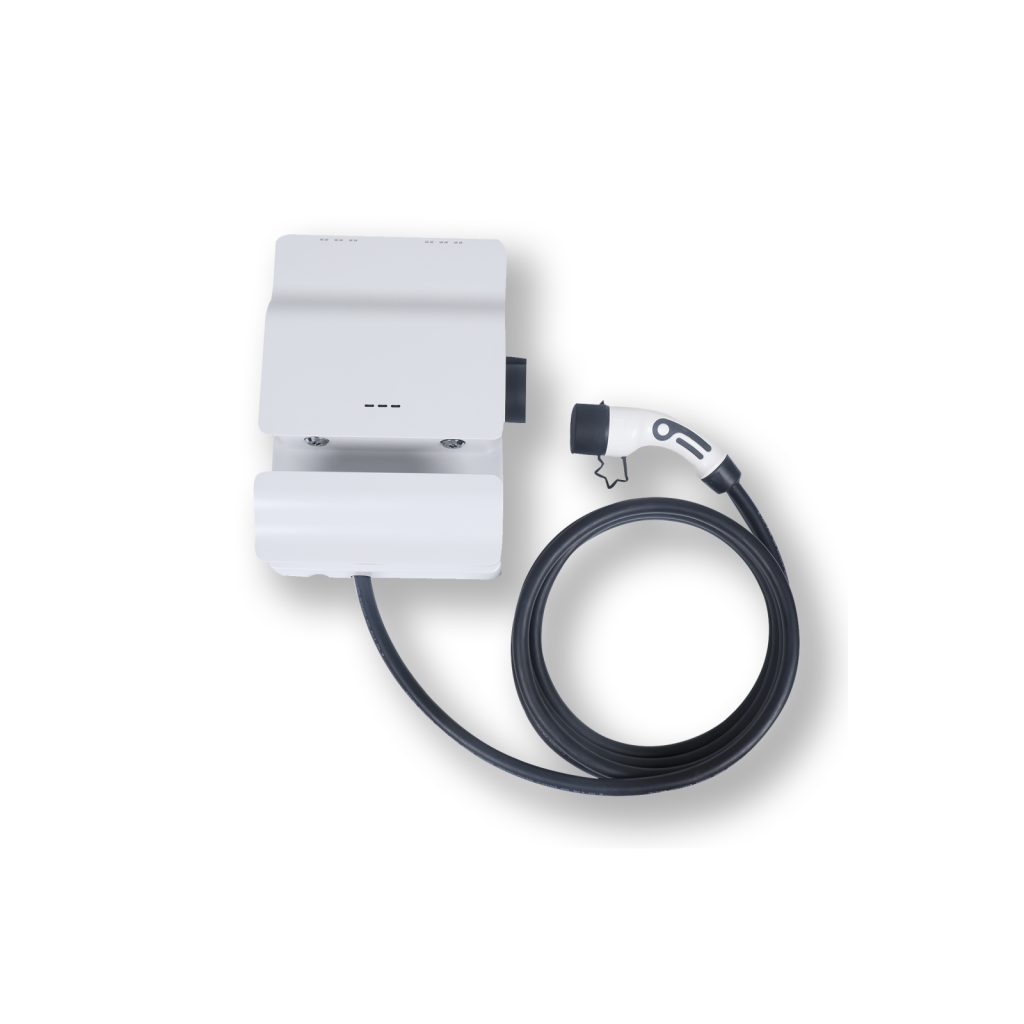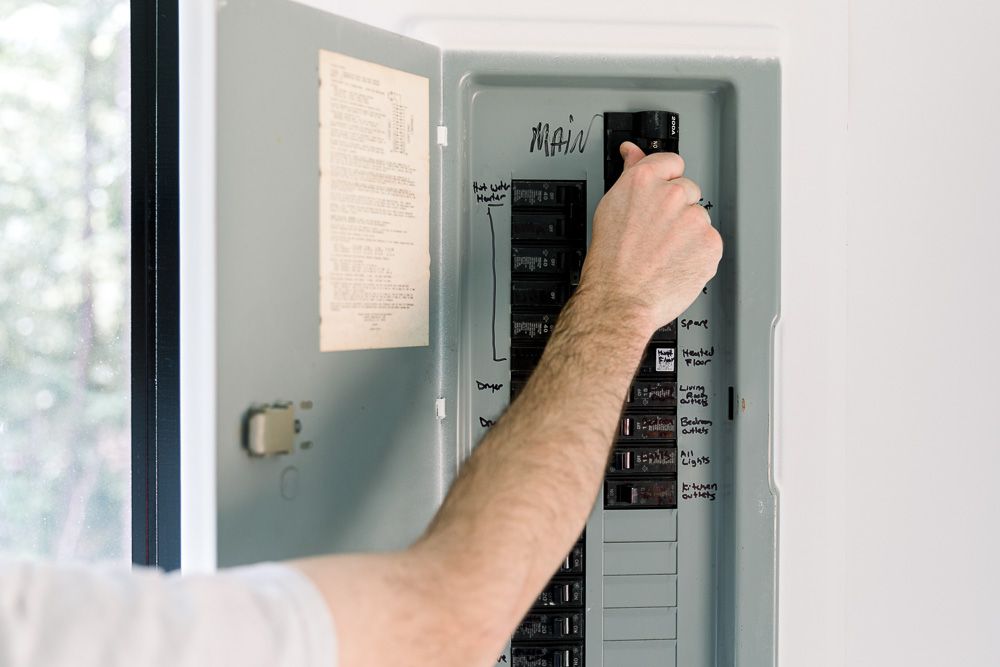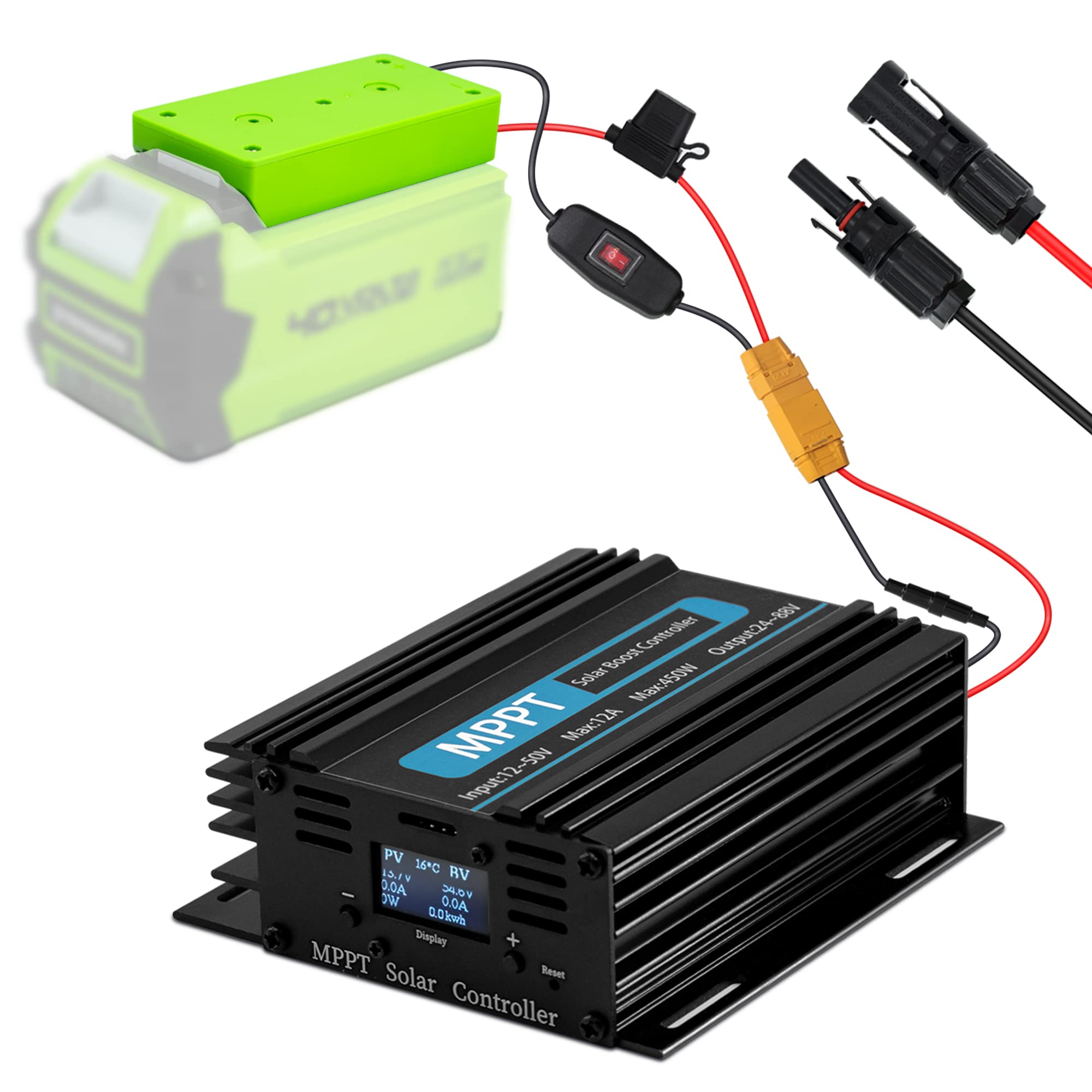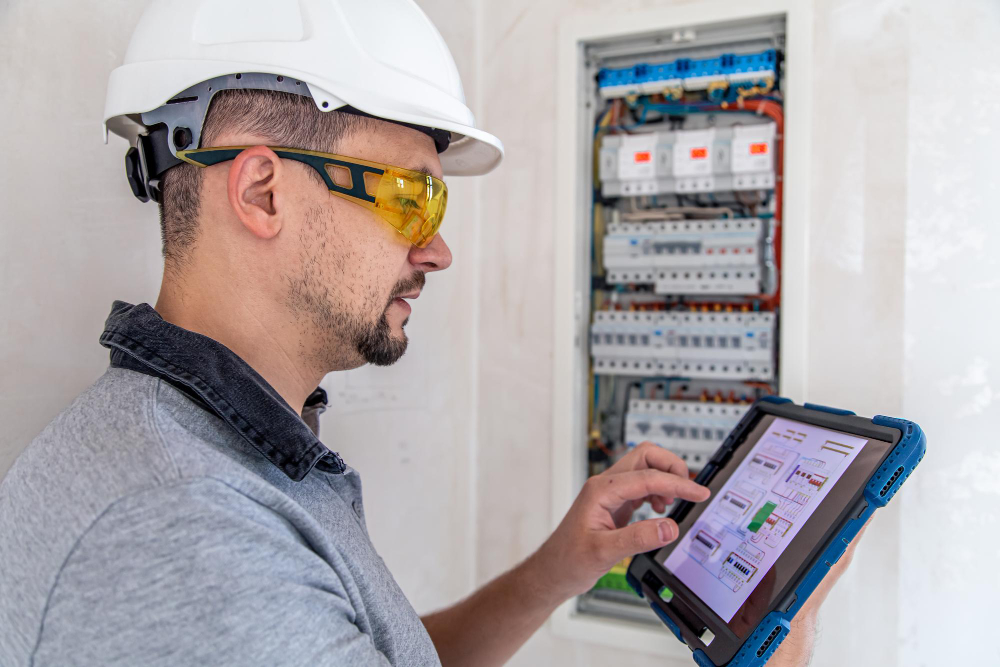Charging an electric vehicle is a hassle-free, cost-effective, and environmentally friendly way to save on gas expenses. Not only that, but it’s also beneficial for the environment!
But it’s easy to get bogged down in all the EV charging terminology: different levels, cable modes, plug types (which vary depending on where you live), DC and AC flow of charge, battery capacity possibilities, estimated actual range, distance to empty, and more.
What is Electrical Car Charge?
An electrical car charge is the process of recharging an electric vehicle’s battery. This can be done from home, at a public charging station, or even at work!
There are various ways to recharge an electric vehicle (EV), but the most popular way is through public charging points located at places such as train stations or mall parking lots. These stations are usually free, though some may charge a fee.
Charging cables connect an Electric Vehicle (EV) to its Electric Vehicle Supply Equipment. These connectors come with various standards, so they can be used by a variety of vehicles.

Types of Electrical Car Charge
There is a wide range of electric vehicle charging speeds available, such as slow, fast, rapid, and ultra-rapid. Furthermore, there are different EV charger connector types with varying power outputs for each.
- Level 1
Level 1 charging utilizes a standard 120-volt household outlet and is ideal for plug-in hybrid electric vehicles (PHEVs) due to their typically smaller batteries.
This type of electric car charge provides only two to four miles of range per hour, making it perfect for people who don’t need a lot of driving during their daily commutes.
- Level 2
Level 2 charging stations, also referred to as EVSE (electric vehicle supply equipment), utilize 240-volt AC electricity to charge electric vehicles 5 to 7 times faster than Level 1 chargers. They are commonly found in public locations like parking garages and lots.
Level 2 chargers are generally more powerful than Level 1 chargers and are used for charging large-scale electric vehicle fleets such as corporate, university, or municipal fleets. They may also be found at retail stores, workplaces, and shopping centers.
- Level 3
Three types of electric car charges exist Level 1, Level 2, and Level 3. The most prevalent option, Level 3, charges your electric vehicle’s battery directly.
Level 3 (direct current (DC) fast charging) is the ideal method for rapidly replenishing your electric vehicle’s battery.
- Bidirectional
Bidirectional electrical car charging allows electric vehicle (EV) drivers to send power back to the grid when not driving their cars. This technology can save them money on utility bills and lower energy costs during peak hours when electricity prices are highest.
Bidirectional charging can also be an advantageous tool for utilities and electricity providers to utilize electric vehicles’ stored energy to avoid peak-hour surcharges. This, in turn, helps consumers save even more by decreasing their energy bills during days when electricity prices are higher.
Uses of Electrical Car Charge
Your electric vehicle can be charged using several sources. Your home’s standard 120v outlet (Level 1 charging), 208-240V outlets like those used for dryers, or dedicated 480V+ public fast chargers are all viable options.
Typically, the speed at which a vehicle charges depends on its battery size and the power output from its charger. This output is measured in kW.
Each kW (kilowatt) is equal to 1,000 watts, so a vehicle with a larger battery requires more energy for charging than its identical model with a smaller battery.
However, battery size isn’t the only factor in determining an EV’s charging speed; other elements like temperature and other environmental conditions also influence this decision.
Charging times for your electric vehicle can be significantly reduced with the installation of a home charger.
Working Principles of Electrical Car Charge
Electric cars use electricity to power their traction motor instead of using traditional fuel engines. This makes the EV propulsion system simpler than that found in traditional cars, making it more efficient and economical to run.
An electric vehicle (EV) uses a battery composed of several cells organized into modules. Once this energy has been stored, the vehicle is ready for driving.
Batteries come in various capacities, with larger capacities taking longer to charge.
Charging time depends on how much battery power you have in your electric vehicle (EV) and the output of the charging station you use. Generally speaking, higher kW output means faster charging.
Advantages and Importance of Electrical Car Charge
An electric car charge is much cheaper than petrol filling up, and if eligible, the Government will even cover the cost of installing a charging point at home.
Electric vehicles (EVs) are cleaner than their gas-powered counterparts due to the absence of tailpipe emissions.
- Cost
Installing a charger at home can reduce the overall cost of charging your electric car compared to filling it up at public stations. Many states, local municipalities, and utility companies offer rebates or incentives for installing such stations at home.
- Environment
Electric vehicles (EVs) are beneficial to the environment in countries that utilize renewable and low-carbon sources like solar panels, wind turbines, or nuclear reactors as their electricity grid sources. Coal-fired power plants remain the predominant energy source.
- Convenience
Electric cars don’t need to be filled with gas; they can be charged anytime, anywhere. Drivers appreciate the convenience of not having to stop at a gas station as one of the primary reasons they opt for an EV.
- Safety
Electric vehicles (EVs) are not only safer than gas-powered cars, but they also come equipped with an array of useful safety features that help keep you and your passengers secure on the road. Some of these components may be more active than others depending on which model you purchase; therefore, make sure to read up on what each model offers before making a purchase.
The TOSUNlux Electrical car charge is a high-power, low-current fast charger that can charge an electric vehicle (EV) up to five times faster than public chargers. It also adds an additional 3.5 – 6.5 miles of driving range per hour, depending on the car’s capacity and driving needs. Perfect for plug-in hybrid cars or battery electric vehicles, which typically travel less than 30-40 miles daily and have time for overnight charging, the TOSUNlux Electrical car charge offers plenty of advantages over public chargers.



